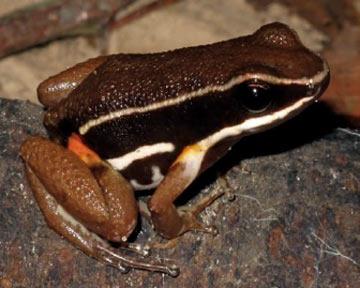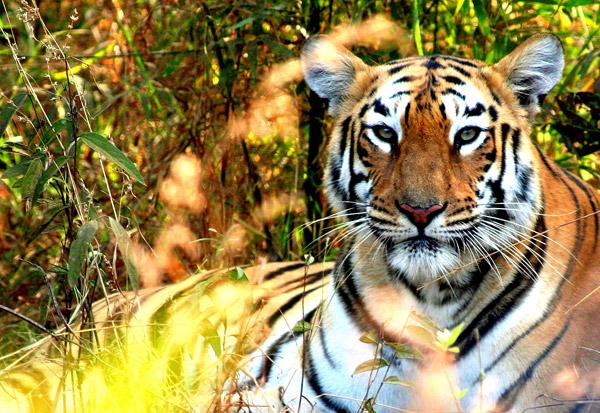Jose Hong
Author
CONTACT ME
Website: news.mongabay.com
LATEST
How Do Giant Clams Effect the Oceans?
The world’s biggest bivalves are the aptly named giant clams. Inhabiting the warm waters of the Indo-Pacific, the largest of these species, the eponymous giant clam (Tridacna squamosal), can reach up to 1.2 meters (4 feet) in length and wiegh over 230 kilograms (500 pounds).
Little Frog in Brazil Helps Conservation of Rainforest
Protecting the biodiversity of the Amazon basin is an immense undertaking, and to its credit the Brazilian government has a set procedure for doing so. However, there are gaps in the process that may prevent the authorities from fully protecting the species that call this place home. To investigate this, a recent study in mongabay.com’s open-access journal Tropical Conservation Science uses as an example the brilliant-thighed frog (Allobates femoralis), a species that is found across the Amazon Basin—including the area surrounding the soon-to-be dammed Xingu River.
Human Conflict Has Heavy Price on Wildlife in India
The human cost of war is horrendous. However, while most attention is focused on the suffering caused to people—and rightly so—an understudied element is the impact on wildlife conservation.
Tropical Storms and Cyclones Moving Poleward
For years we have known that the tropics are expanding towards the poles. However, there is something decidedly destructive accompanying that shifting warm weather: tropical cyclones.
Lionfish Invasion---Harmful to the Environment
The first recorded observation of a lionfish in the Atlantic was made in 1985. Since then, the fish have multiplied and expanded their range from Barbados in the east, to Venezuela in the south, and up the U.S. coast to North Carolina.
High Bee Biodiversity Boosts Crop Yields
Scientists have discovered that blueberry plants visited by more diverse bee species increased their seed number, berry size and fruit set, and quickened their ripening time.






